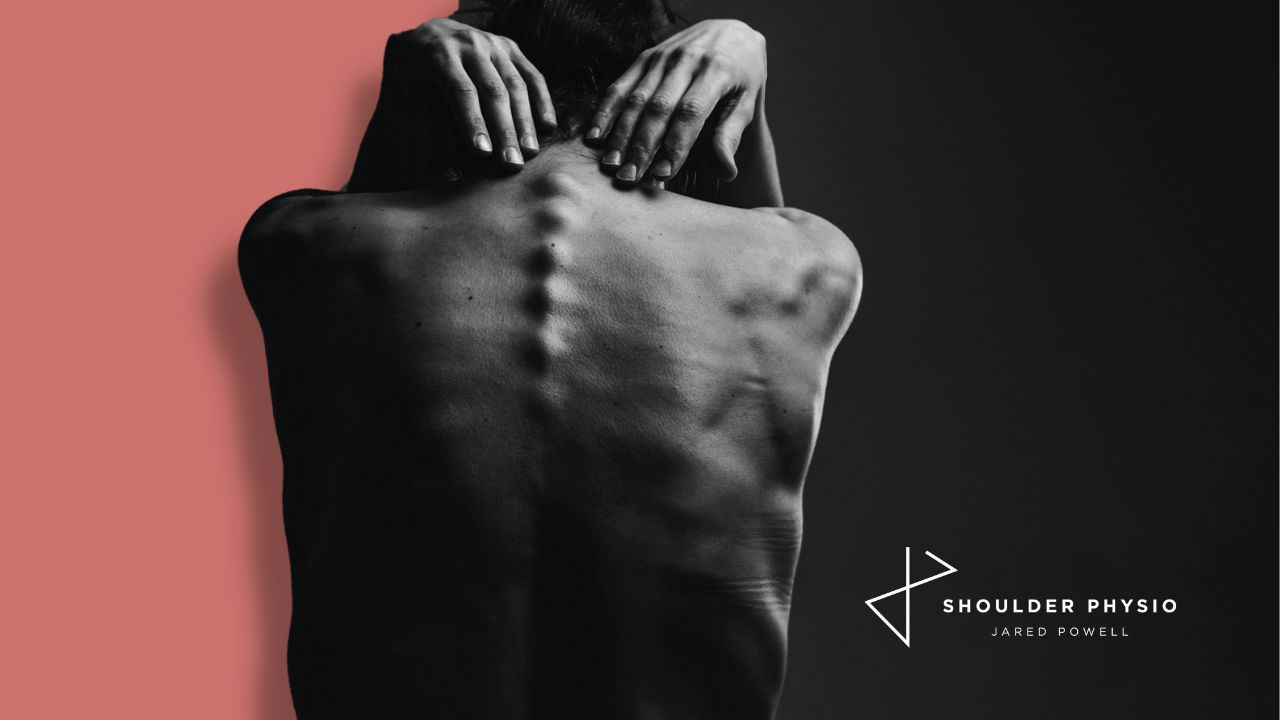Physiotherapy: Art or Science?
Feb 15, 2021
A recent post on social media campaigning for manual therapy to be "given a break" from the relentless barrage of criticism it receives from anti-MT advocates has highlighted an interesting demographic chasm between new and old approaches to physiotherapy. The post was heavily supported by our esteemed "longer in the tooth" colleagues who shared success stories of their specific clinical approach (often using MT) and frustrations at younger "woke" clinicians openly challenging them. The comments section (always fun to read) quickly became full of emotional justifications for interventions with minimal evidence and passive aggressive criticisms of others practising a different approach. Important to note that the post was geared towards practice owners who may be financially incentivised to defend MT at all costs. Beware the perverse incentives.
The granular meaning of the post can be distilled down to "is physiotherapy an art or science"? The physio of yesteryear has been accused of being more of an art form whereas new-school approaches claim to be based on robust scientific data. Instinctively I find myself on the science side of the ledger 99% of the time, philosophically I'm known to swing both ways (full disclosure).
How did we get here?
Traditionally, musculoskeletal (MSK) physiotherapy has been heavily influenced by the biomedical model of medicine. In practice, this chiefly takes the form of pursuing an observable physical impairment of someone's MSK system, and if found, conflating the person's pain with the presence of this impairment. Words such as tightness, stiffness, weakness, faulty, aberrant, dysfunctional, biomechanics, collapsing, unstable, delayed and torn all spring to mind when I think of this approach to physiotherapy. This approach may lend itself to gurus with savant senses finding and fixing these impairments: the art of physiotherapy.
"New-school" approaches, on the other hand, emphasise the complexity and multidimensional nature of MSK pain. This type of thinking extolls we are much more than the sum of our parts and faulty mechanics and torn tissue are not sufficient for the onset of pain and "dysfunction". The darling of this approach is the biopsychosocial model (ref), which has been bastardised and misinterpreted more times than the bible. A consequence of this "new-school" approach is a greater reliance on data and evidence, where clinicians often appeal to the results of clinical trials and systematic reviews to justify their intervention. This sounds like a good idea in health care, but it can be perceived as rigid, formulaic and unemotional by patients and clinicians alike. Quotes such as "just move and sleep more and your pain will go away" (I'm being slightly dramatic) are just as patronising and reductionist as "just get more hamstring flexibility and your low back pain will disappear". Both are as inadequate as each other, yet the latter is more harshly policed.
Awkwardly and interestingly, it may not be the intervention itself, but, the context it delivered in and social determinants of health (and more), which move the needle more with regard to clinical outcomes. Therefore, clinicians practising both new and old approaches may achieve similar outcomes via vastly different approaches (ref), making claims of a superior approach untenable. There is a conversation to have about promoting fragility, vulnerability, passive coping etc. using strictly the biomedical model but this is not a conversation for today.
My position, unsurprisingly, is there is an art and science to being an MSK clinician. The art, as I see it, relates to the n=1 (patient) in front of us. This person is desperately seeking help for their suffering and simply want someone (anyone!) to listen to their story and validate their individual experience without being met with robotic appeals to science. At this moment, at the coalface of the clinical interaction between a person in power (the clinician) and a patient in a vulnerable position, I think so much can be achieved by simply listening, empowering, reassuring and avoiding the urge of "fixing"! This by no means discounts the role of science and empiricism. The scientific literature MUST underpin every piece of advice and suggested treatment we provide (to keep the charlatans at bay). Interventions that do not meet simple efficacy or effectiveness standards must not be knowingly used (for example modalities and acupuncture). But it gets murky when we consider the concept of shared decision making (ref). Shared decision making promotes helping a patient understand their treatment options (of which doing nothing is one), the pros and cons of each option and subsequently providing space for that person to freely choose based on their individual preferences, values and circumstances. So this is not entirely patient-led or clinician-led, it's a bidirectional relationship.
So, let's call it the artful application of science. This strikes me as a logical approach to physiotherapy. Applying the evidence as best we can with a patient with individual beliefs, emotions, genetics, behaviours, education, socio-economic status, values, circumstances, goals, wants and needs. There is nothing rigid or formulaic about that!
Thanks for reading :)
Ready to gain the confidence to manage any shoulder pain patient who comes to see you?
My comprehensive course – developed over 10 years of treating shoulder patients and researching and educating professionals about shoulder joint function – covers all the above areas and more. In over 16 hours of training delivered in an engaging, self-paced, online format, you’ll learn everything you need to know to feel at ease treating people with shoulder pain.


